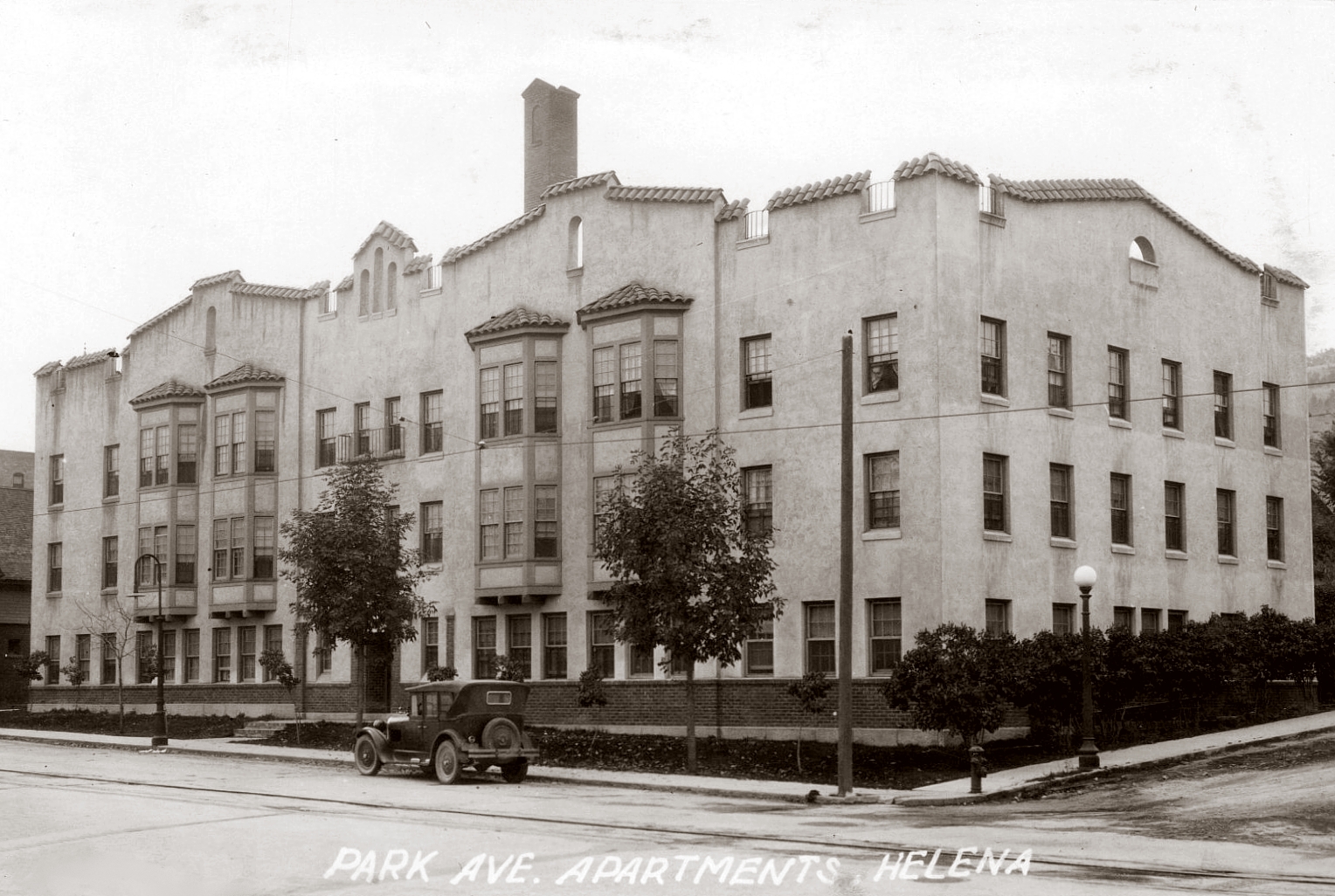Central
Central America Maps
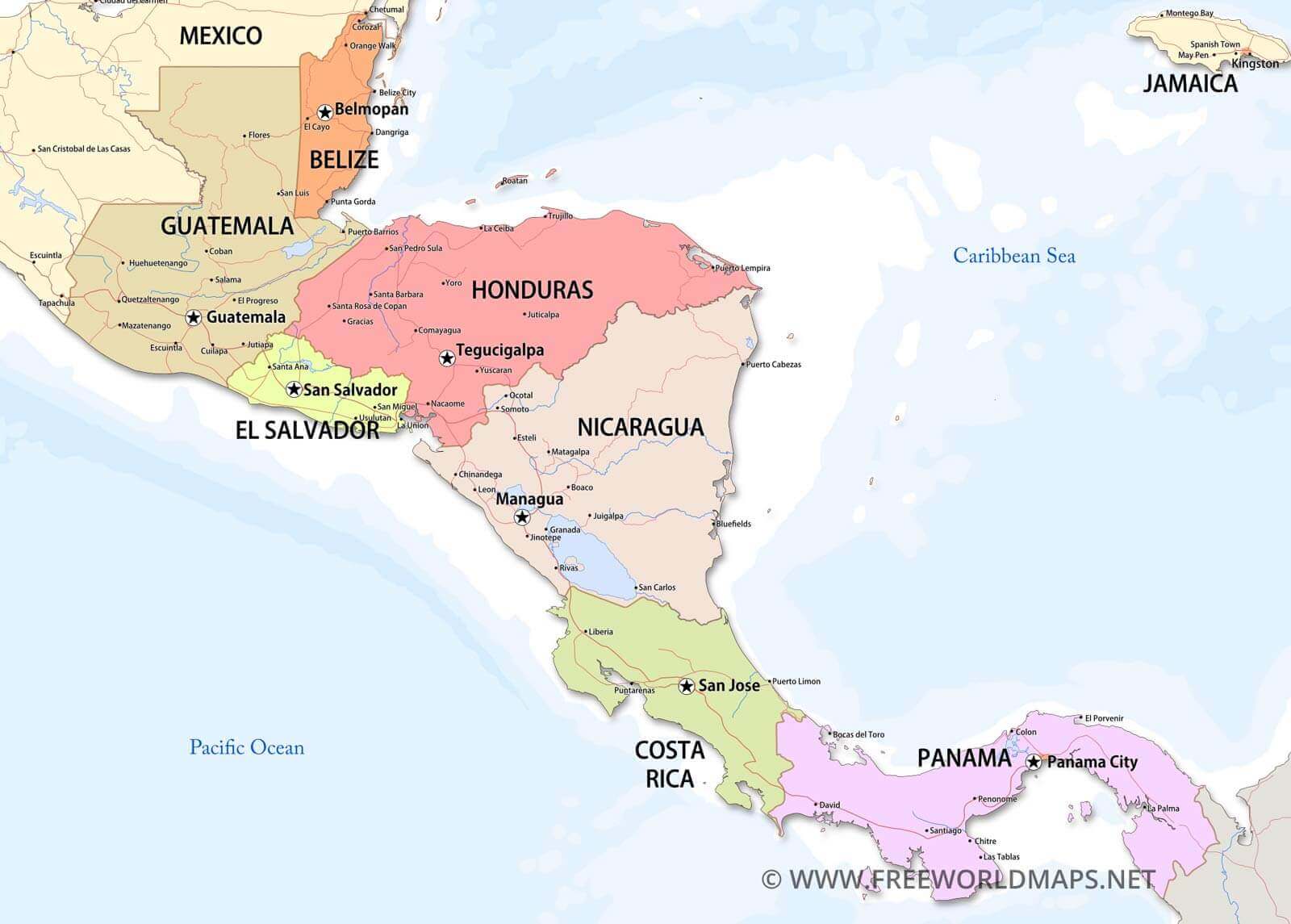
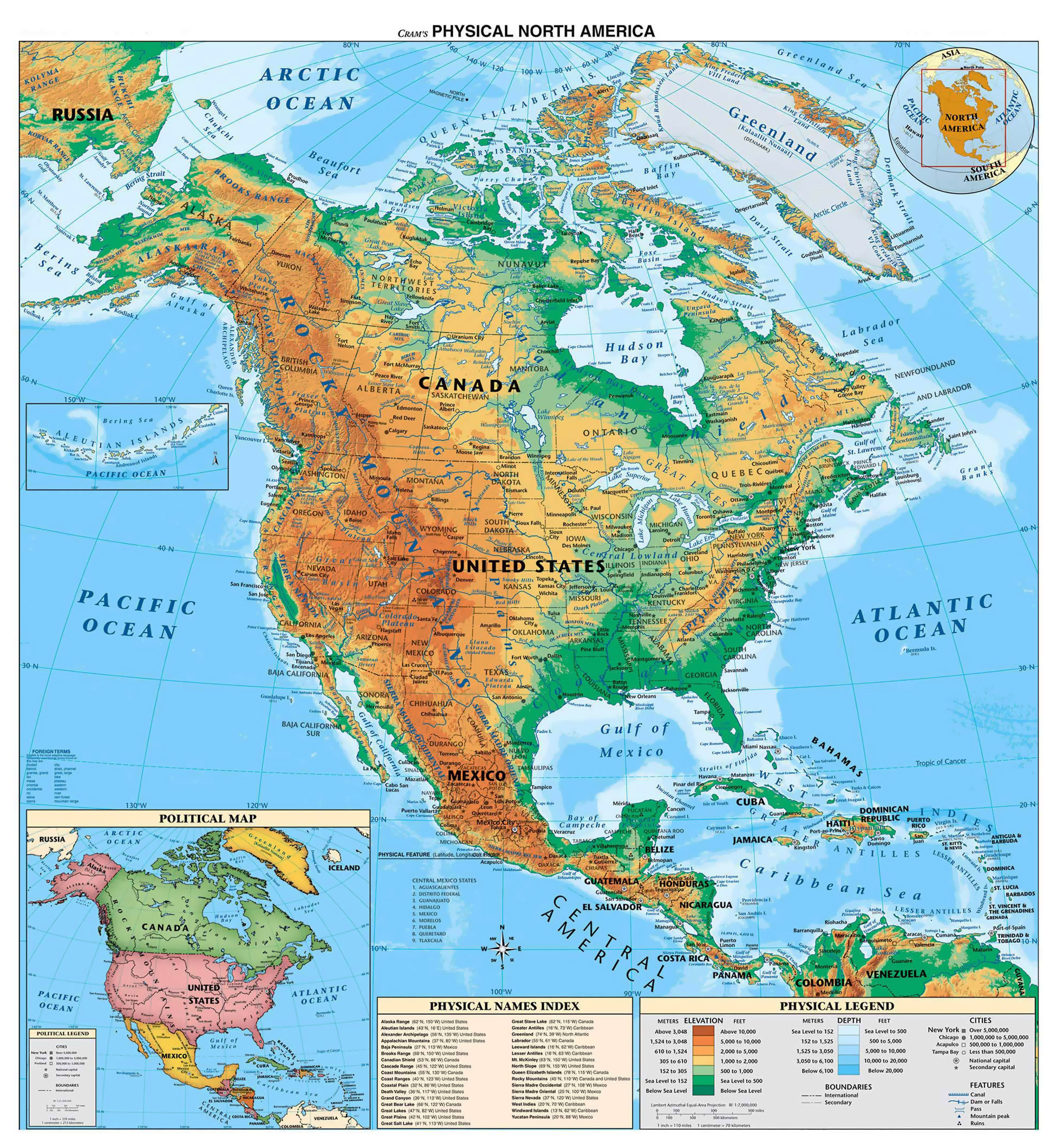
Introduction to Central America Maps
Central America is a region that connects North America to South America, comprising seven countries: Belize, Costa Rica, El Salvador, Guatemala, Honduras, Nicaragua, and Panama. The region is known for its rich biodiversity, vibrant cultures, and complex geography. Maps of Central America are essential tools for understanding the layout of the region, including its countries, cities, mountains, rivers, and coastlines. In this blog post, we will delve into the world of Central America maps, exploring their history, types, and uses.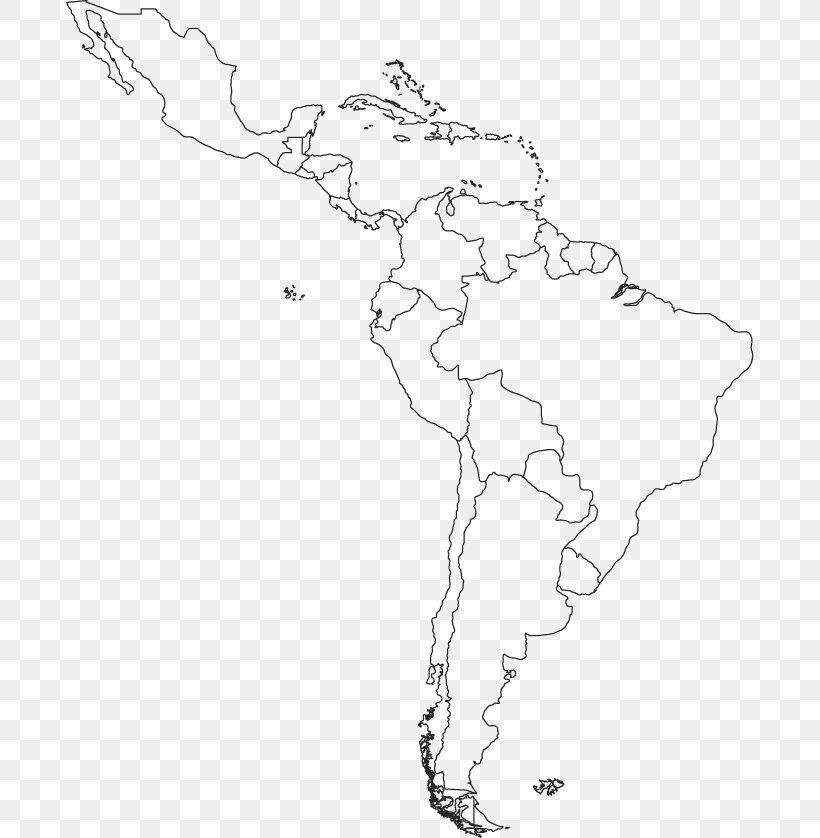
History of Central America Maps
The history of mapping Central America dates back to the pre-Columbian era, when indigenous civilizations such as the Maya and Aztecs created their own maps. These early maps were often hand-drawn and used for navigational purposes, such as identifying trade routes and sacred sites. With the arrival of European colonizers, mapping techniques improved, and more accurate maps of the region were created. Today, Central America maps are used for a variety of purposes, including tourism, education, and conservation.
Types of Central America Maps
There are several types of Central America maps, each with its own unique features and uses. Some of the most common types include: * Political maps, which show the region’s countries, borders, and cities * Physical maps, which depict the region’s terrain, including mountains, rivers, and coastlines * Topographic maps, which provide detailed information about the region’s elevation and landforms * Climate maps, which illustrate the region’s climate zones and weather patterns * Cultural maps, which highlight the region’s cultural heritage, including languages, customs, and historical sites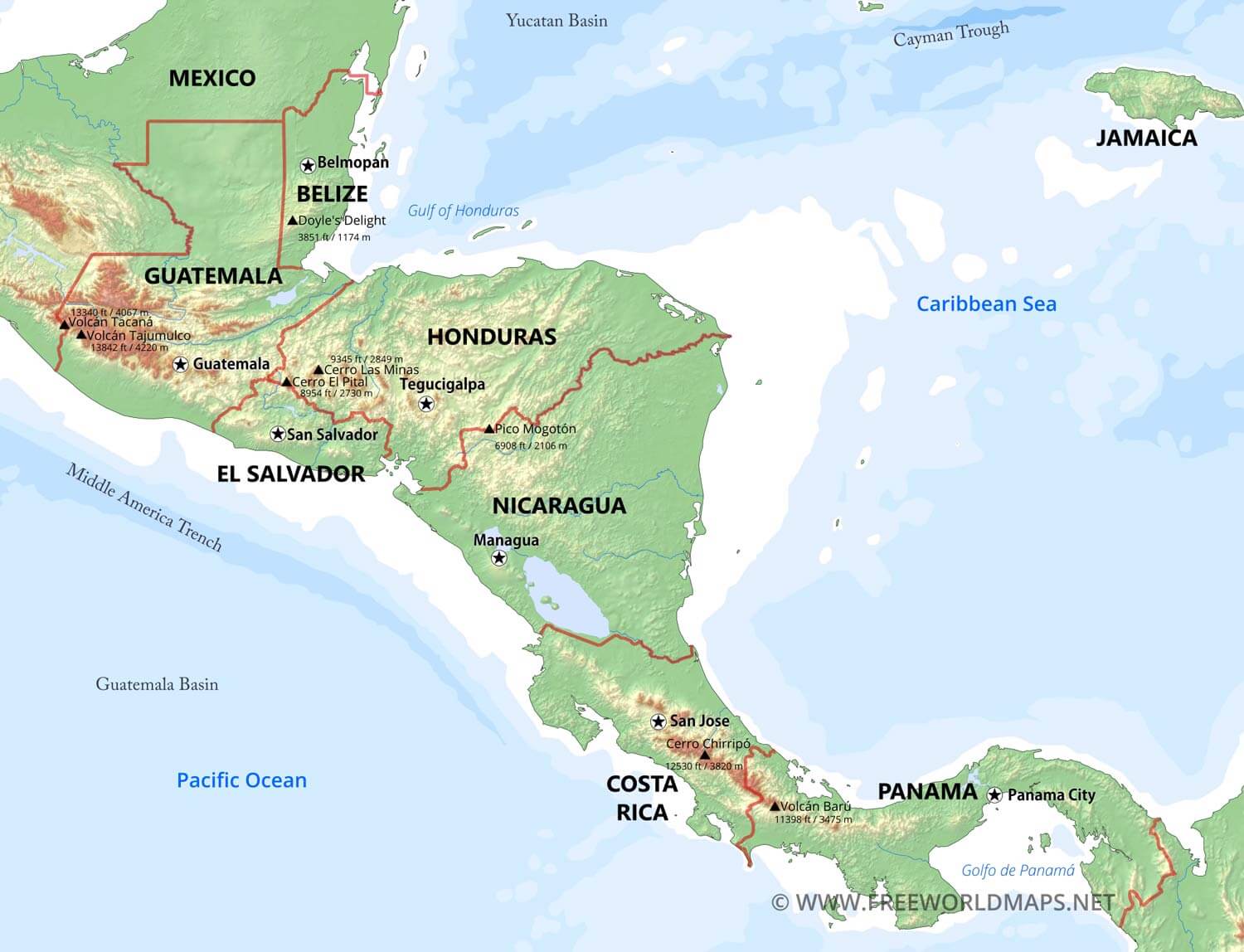
Uses of Central America Maps
Central America maps have a wide range of uses, including: * Tourism: Maps help tourists navigate the region, identify attractions, and plan their itineraries * Education: Maps are used in classrooms to teach students about the region’s geography, history, and culture * Conservation: Maps help conservationists identify areas of high biodiversity and develop strategies for protecting the region’s natural resources * Business: Maps are used by businesses to identify markets, transportation routes, and investment opportunities🗺️ Note: Central America maps are also used by emergency responders, such as search and rescue teams, to locate and respond to natural disasters and other emergencies.
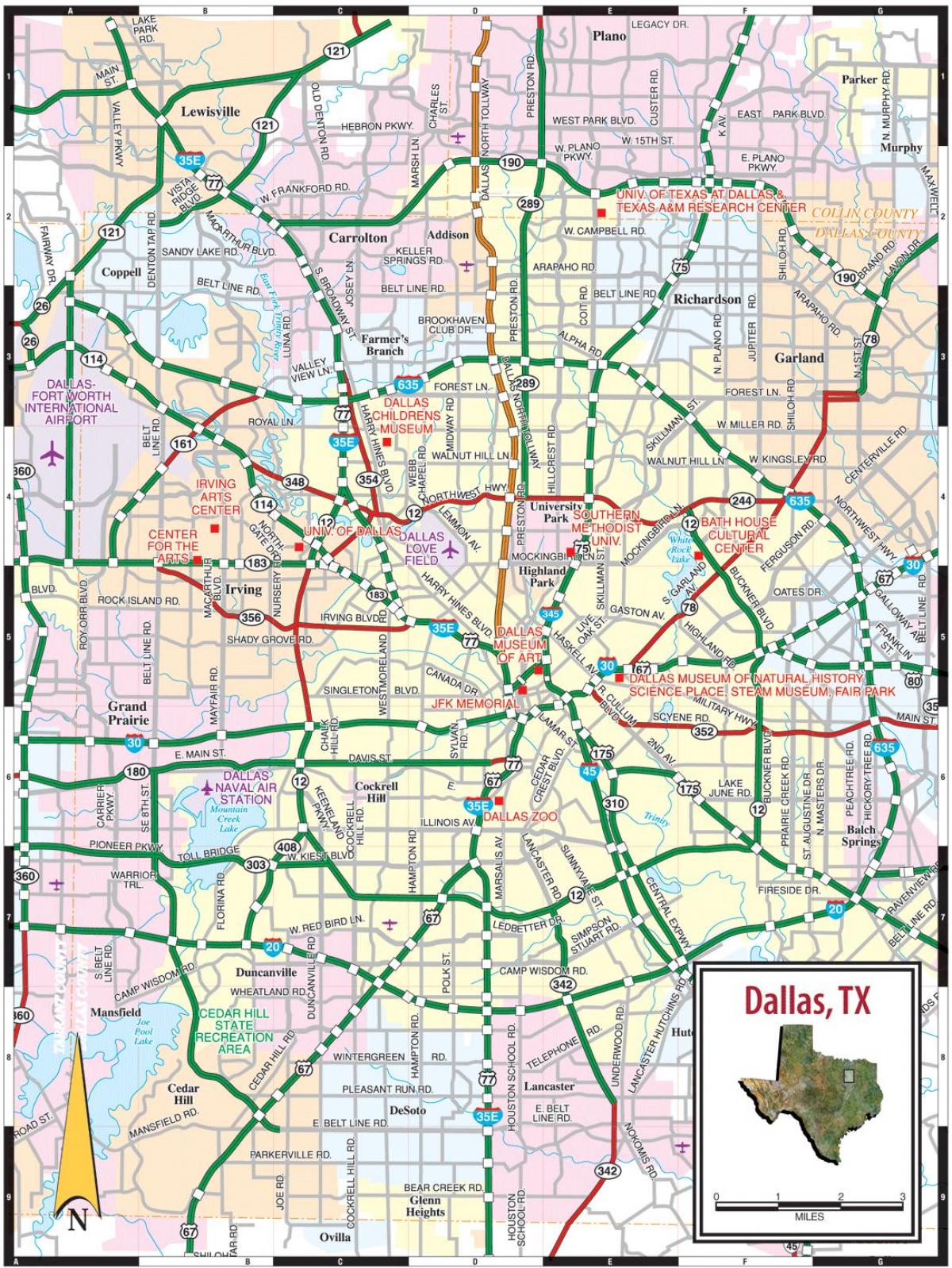
Features of Central America Maps
Central America maps typically include a range of features, such as:
| Feature | Description |
|---|---|
| Countries | The seven countries of Central America: Belize, Costa Rica, El Salvador, Guatemala, Honduras, Nicaragua, and Panama |
| Cities | Major cities, such as San José, Costa Rica; Guatemala City, Guatemala; and Panama City, Panama |
| Mountains | The region’s major mountain ranges, including the Sierra Madre and the Cordillera Central |
| Rivers | The region’s major rivers, including the Rio Grande, the Usumacinta River, and the San Juan River |
| Coastlines | The region’s Pacific and Caribbean coastlines, including beaches, bays, and ports |
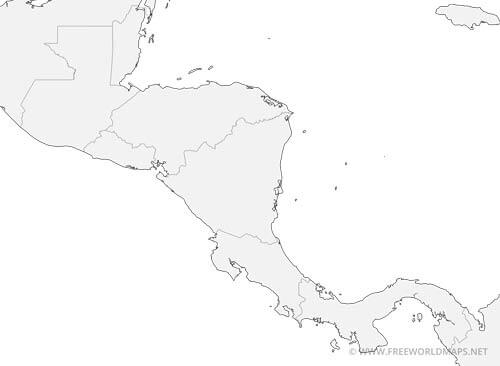
Conclusion and Final Thoughts
In conclusion, Central America maps are essential tools for understanding the region’s complex geography, vibrant cultures, and rich biodiversity. Whether you are a tourist, student, conservationist, or business professional, a good map of Central America can help you navigate the region, identify areas of interest, and develop strategies for achieving your goals. By exploring the history, types, and uses of Central America maps, we can gain a deeper appreciation for the region and its many wonders.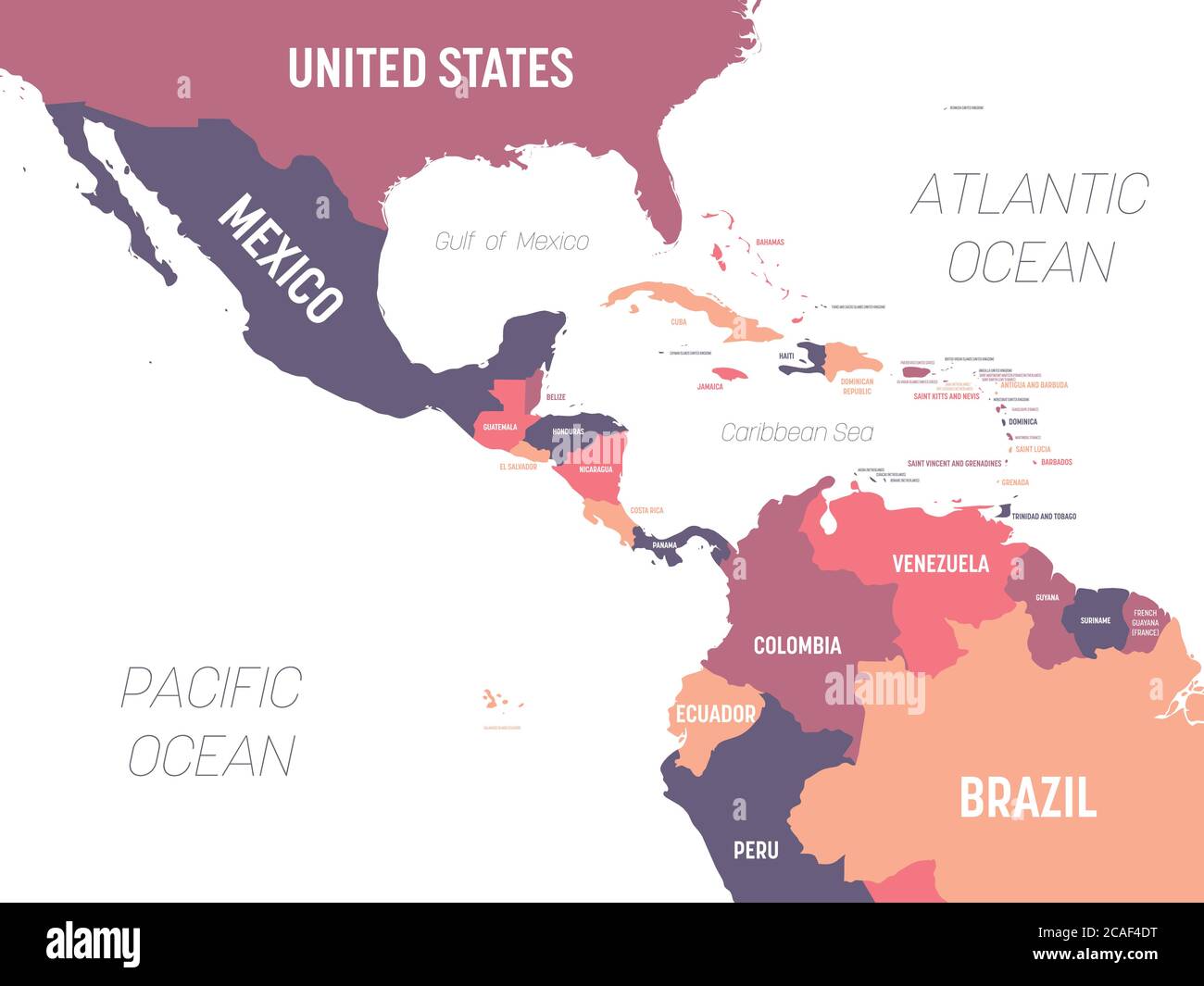
What are the seven countries of Central America?
+The seven countries of Central America are Belize, Costa Rica, El Salvador, Guatemala, Honduras, Nicaragua, and Panama.
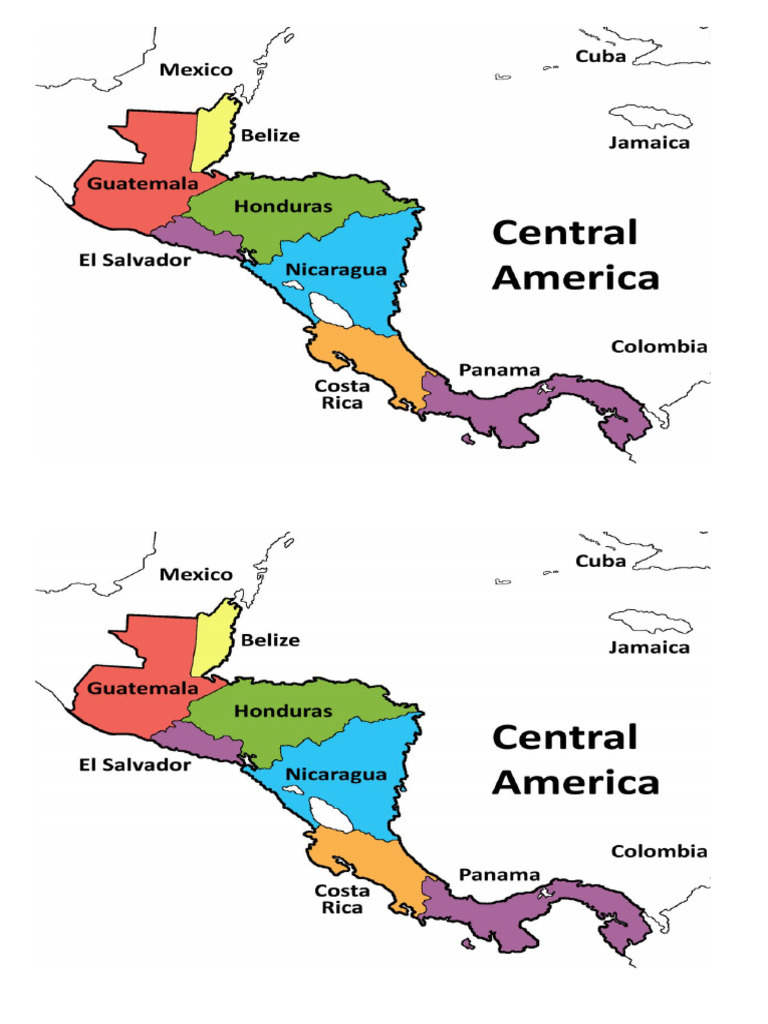
What is the largest city in Central America?
+The largest city in Central America is Guatemala City, Guatemala, with a population of over 2.9 million people.
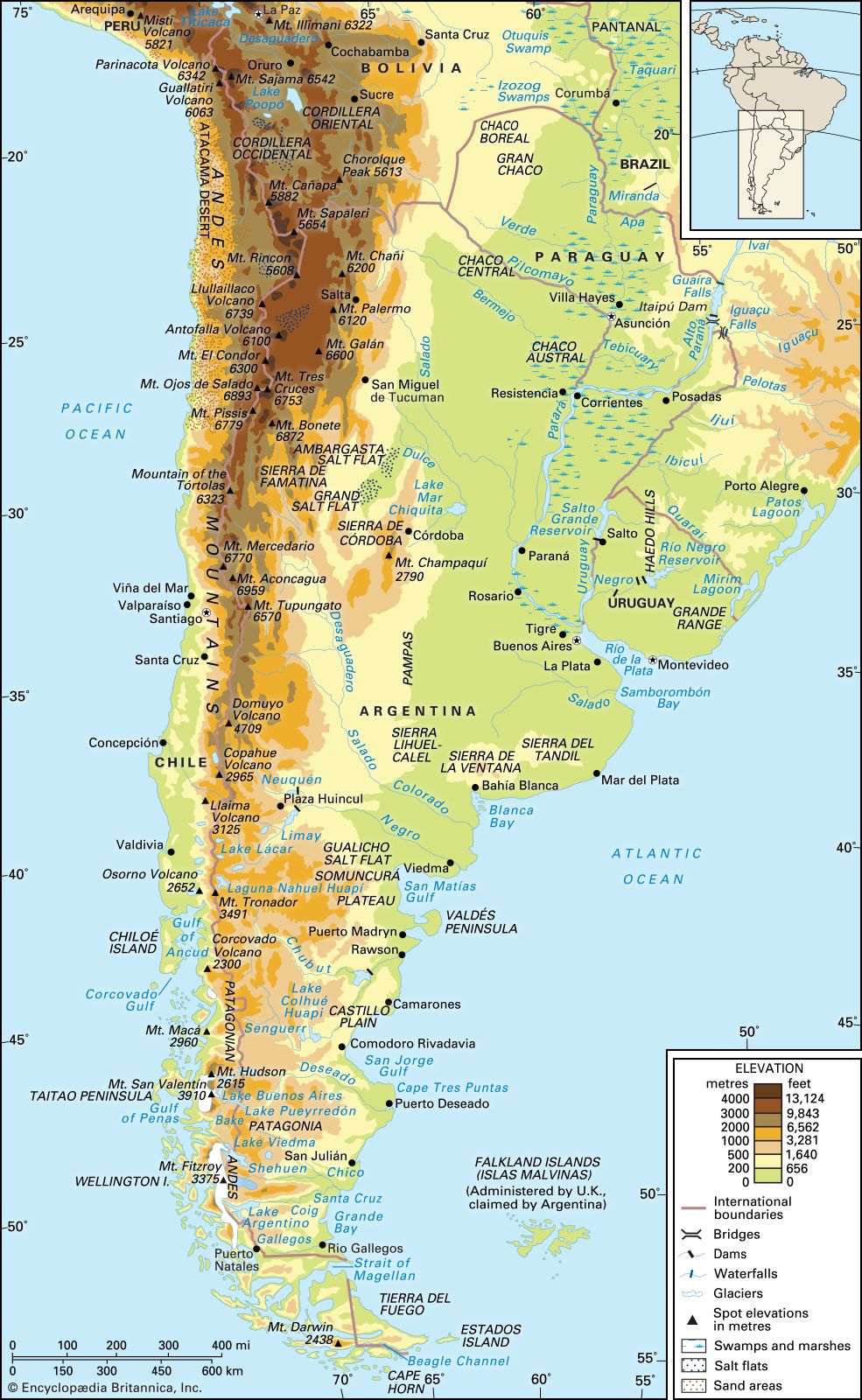
What is the longest river in Central America?
+The longest river in Central America is the Usumacinta River, which flows through Mexico, Guatemala, and Belize.


